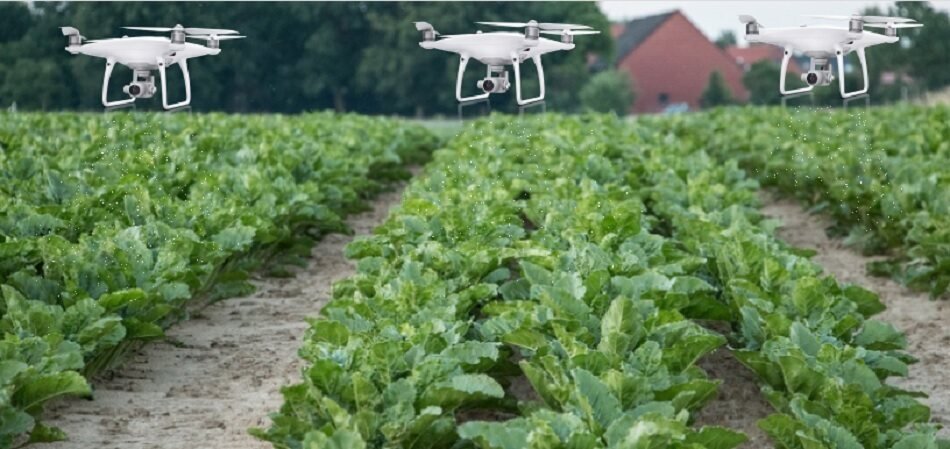The Centre is in the process of finalising guidelines for the use of drones to apply fertiliser to crops. India expects to follow in the footsteps of Israel and Europe in adopting this new method, which has the potential to reduce consumption, save money on subsidies, and improve soil health.
According to the Fertiliser Ministry officials, the ministry is in the process of preparing the guidelines that will help in the creation of rural and village-level entrepreneurs who will be able to operate the drones to cater the service to needy farmers.
Also Read: Ministry of Agriculture gets clearance from DGCA for flying drones
In August, the government repealed the Unmanned Aircraft Systems (UAS) Rules and replaced them with the liberalized Drone Rules. Prime Minister Narendra Modi tweeted that the new rules are predicated on trust and self-certification. Applications process, compliance requirements, and entry barriers significantly reduced.
Drones are being used for foliar spraying of fertilizers in some countries, according to SK Chaudhary, Deputy Director-General of the Indian Council of Agricultural Research (ICAR).
‘While the basal dose must be applied manually while sowing, the subsequent application can be done using drones,’ Chaudhary explained.
Presently, fertilizer is applied to the plant’s roots. However, with a rapid increase in preference for nano-urea and liquid fertilizer (suitable for application via UAS) over the last five years, particularly in the case of high-value horticulture crops, the ground is prepared for drone use.
‘Protocols for the use of drones in pesticide management are being developed.’ Fertilizers must also follow similar guidelines. Agriculture graduates should be licenced to operate drones, according to an agriculture scientist. The Fertiliser Ministry has yet to consult the ICAR on the guidelines, according to Chaudhary, who adds that drones should be operated at very low altitudes for best results.
Drones mounted on tractors
Drones mounted on tractors were previously ineffective in locust control operations. They did, however, gave additional support for spraying insecticides on locust control in foothills and sand dunes. During a 10-15-minute flight, a drone can cover pesticide spraying over 2 to 2.5-acre areas.
Also Read: Govt to regulate fertiliser and other unorganized ₹1,500cr biostimulants industry
According to government data, the sale of key fertilizers – urea, DAP, MoP, and complex – increased 12.5% year on year to 58.6 million tonnes in 2020-21. However, sales fell by 9% to 28.4 million tonnes in Kharif 2021. Subsidies are expected to reach ₹1.5 lakh crore in the current fiscal year, which is 89% more than the Budget estimate of around ₹79,529.68 crores.


















Add Comment